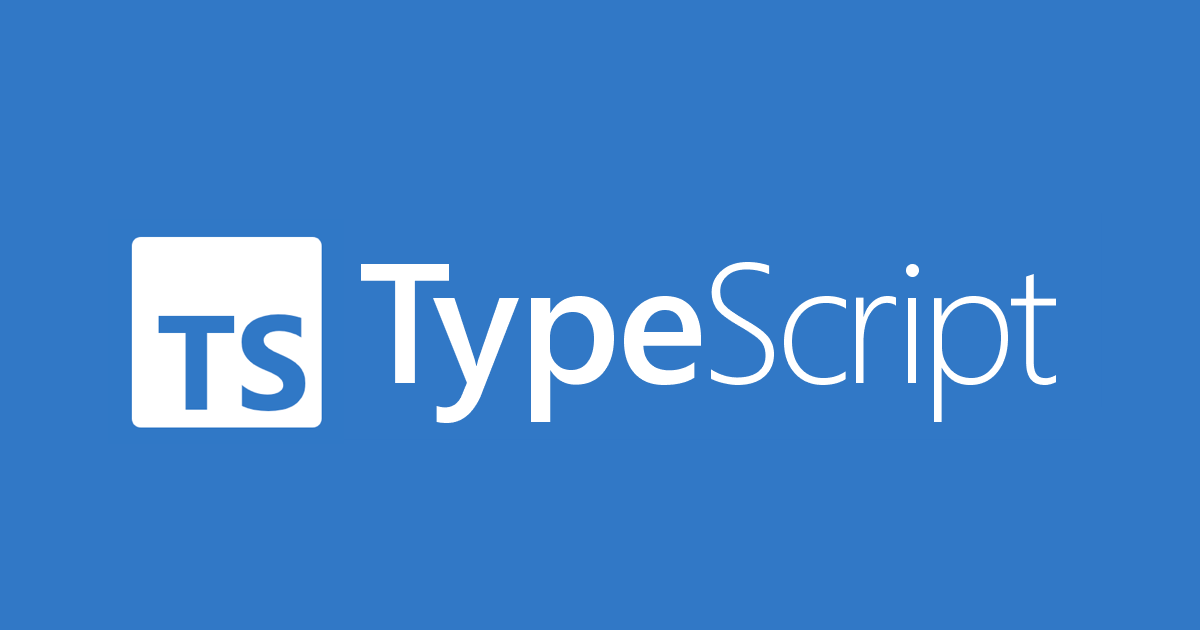
寫 TypeScript 也有一年多的時間,整理了一些實用的寫法讓撰寫型別能更加彈性與順暢。
以下介紹 5 種技巧:
條件式型別限制
如同 JavaScript 有 ? 可寫三元判斷式之外, TypeScript 也能用 ? 來判斷型別。
interface Computer = {
id: number;
cpu: number;
ram: number;
keyboard: string;
// ...
}
interface Phone = {
id: string;
cpu: number;
ram: number;
size: string;
// ...
}
type ComputerPreviewInfo = Pick<Computer, "id" | "keyboard">;
type PhonePreviewInfo = Pick<Phone, "id" | "size">;
type GetDevicePreviewInfo<T extends Computer | Phone> = T extends Computer
? ComputerPreviewInfo
: PhonePreviewInfo;
以上運用 Gernic 與 extends 的方式撰寫根據輸入的型別輸出對應的型別。
實務上一定有需要取部分資料的情況,拿來做預覽之類的畫面顯示,這時可以用定義一個通用函式取得各種資料的型別:
function getDevicePreviewInfo<T extends Computer | Phone>(computerOrPhone: T): GetDevicePreviewInfo<T> {
// do something
}
const laptop = new Computer()
const laptopPreviewInfo = getDevicePreviewInfo(laptop)
// laptopPreviewInfo: ComputerPreviewInfo
const iPhone200ProMax = new Phone()
const iPhonePreviewInfo = getDevicePreviewInfo(iPhone200ProMax)
// iPhonePreviewInfo: PhonePreviewInfo
keyof
interface Computer {
id: number;
cpu: number;
ram: number;
keyboard: string;
devices: string[]
}
type ComputerKeys = keyof Computer; // id | cpu | ram | keyboard | devices
非常實用,型別版本的 Object.keys() 。
as const
const products = ['Computer', 'Phone', 'Laptops'];
type Products = typeof products; // string[]
const products2 = ['Computer', 'Phone', 'Laptops'] as const;
type Products2 = typeof products2; // ['Computer', 'Phone', 'Laptops'];
as const 關鍵字相當於型別版本的 const ,能用前面的值定義為唯獨 (readonly) 的常數型別,上面 Products2 如果給成其他字串陣列的值,非原本定義的那樣則會報錯。
index access
const products = ['Computer', 'Phone', 'Laptops'] as const;
type Products = typeof products; // ['Computer', 'Phone', 'Laptops'];
type Product = Products[number]; // 'Computer' | 'Phone' | 'Laptops'
interface Computer {
id: number;
cpu: number;
ram: number;
keyboard: string;
devices: string[]
}
type ComputerId = Computer['id']; // number
type ComputerKeysType = Computer[keyof Computer] // string | number | string[]
跟 JavaScript 本身使用 array[0] 與 someObject['key'] 的方式一樣,只是變成型別版本。
泛型函式限縮參數
沿用上面的 Computer :
function getProperty<Type, Key extends keyof Type>(obj: Type, key: Key) {
return obj[key];
}
const laptop: Computer = {
id: 123999,
cpu: 2.5,
ram: 16,
keyboard: 'keyboard A',
devices: ['speaker', 'audio']
};
getProperty(laptop, 'id'); // 123999
getProperty(laptop, 'touchableScreen'); // type error
同場加映: Function Overload (函式多載)
function squreOrTriangleArea(n: number): number;
function squreOrTriangleArea(width: number, height): number;
function squreOrTriangleArea(nOrWidth: number, height): number {
if (height !== undefined) {
return (nOrWidth * height) / 2
} else {
return nOrWidth * nOrWidth
}
}
squreOrTriangleArea(5); // 25
squreOrTriangleArea(5, 4); // 10
允許同個函式有多個輸入與輸出的型別組合。 用以上例子來看:前兩個函式為定義用的,第三個實作函式內的輸入與輸出的參數型別必須要是以上定義用的函式參數型別的聯集。
關於多載函式寫法,官方建議:Always prefer parameters with union types instead of overloads when possible